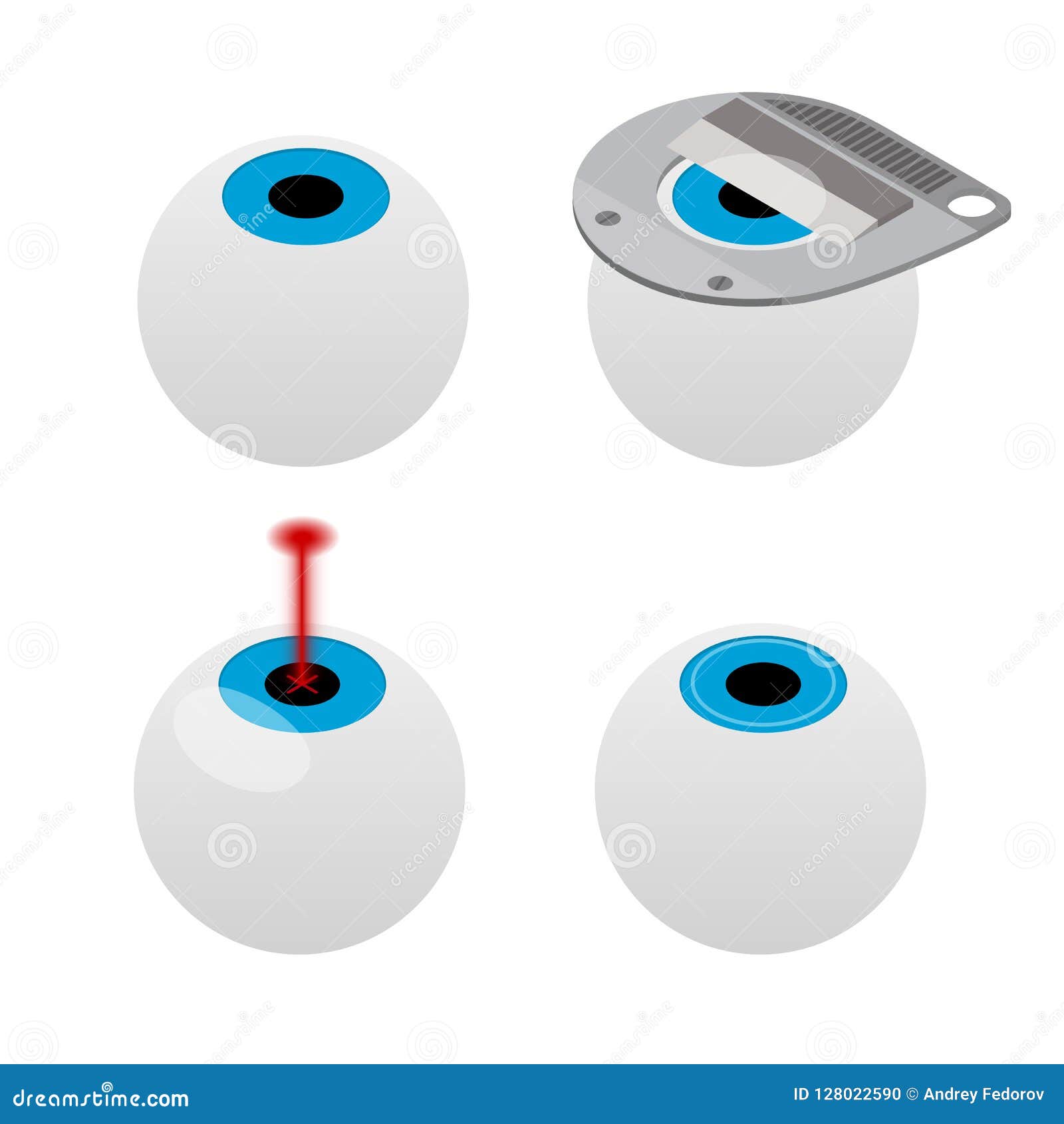Refractive Lens Exchange: An Extensive Guide To Boosted Vision
Refractive Lens Exchange: An Extensive Guide To Boosted Vision
Blog Article
Content Author-Mouridsen Munck
If you more than 40 and struggling with vision problems like hyperopia or nearsightedness, Refractive Lens Exchange (RLE) could be worth taking into consideration. This procedure replaces your natural lens with an artificial one, potentially lowering your dependancy on glasses. While the advantages are appealing, it's important to comprehend the threats and eligibility requirements. What should you recognize prior to choosing that could transform your vision forever? Let's discover this topic better.
Understanding Refractive Lens Exchange
Recognizing Refractive Lens Exchange (RLE) can be vital for those taking into consideration vision correction choices.
RLE is a procedure that changes your eye's all-natural lens with a synthetic intraocular lens. It's primarily aimed at correcting serious refractive errors, such as hyperopia, myopia, or presbyopia.
During the treatment, your specialist will certainly remove your over cast or clear lens and change it with a lens customized to your vision needs. This alternative is commonly considered for people over 40 that may not appropriate prospects for LASIK.
By selecting RLE, you're not just boosting your vision; you're likewise potentially decreasing your reliance on glasses or call lenses.
Understanding how RLE works will certainly equip you to make educated choices regarding your vision health and wellness.
Benefits and Risks of RLE
Picking RLE not just provides a possibility to boost your vision yet also includes its own collection of advantages and risks.
One substantial advantage is the potential for clearer vision, decreasing or removing your dependence on glasses or call lenses. You may likewise experience a broader range of vision, particularly if you opt for multifocal lenses.
However, there are risks involved, such as infection, problems throughout surgical treatment, or frustration with the outcomes. Some patients experience aesthetic disturbances like halos or glare.
It's necessary to weigh these benefits and dangers very carefully. Consulting with your eye treatment specialist can help you make an educated choice that aligns with your vision objectives and way of life.
Eligibility Criteria for Refractive Lens Exchange
Before taking into consideration Refractive Lens Exchange (RLE), it's critical to identify if you meet the qualification standards. Normally, you're an excellent candidate if you're over 40 years old and have a stable prescription.
You should additionally be experiencing refractive mistakes like myopia, hyperopia, or presbyopia. It is necessary to have healthy and balanced eyes without any substantial conditions, such as cataracts or glaucoma.
Furthermore, https://www.thatsmags.com/shanghai/post/32134/your-guide-to-getting-lasik-eye-surgery-in-china should remain in great general health and not have any problems that can affect healing, like unchecked diabetic issues. If you put on call lenses, you may need to quit using them for a while before your assessment.
Consulting with an eye care specialist will aid you comprehend your specific circumstance and whether RLE is right for you.
Conclusion
To conclude, refractive lens exchange can change your vision and decrease your reliance on glasses or calls. While it provides many benefits, it's important to comprehend the threats and ensure you satisfy the qualification standards. Consulting with an eye treatment expert will help you make an educated choice tailored to your requirements. If https://lasik-post38271.theobloggers.com/41872368/embark-on-a-journey-to-the-cutting-edge-of-cataract-surgical-treatment-technology-and-discover-the-introducing-innovations-that-can-change-patient-care-and-visual-outcomes about RLE, take the time to discover your alternatives and discuss any type of worries, paving the way for clearer, more dynamic sight.
